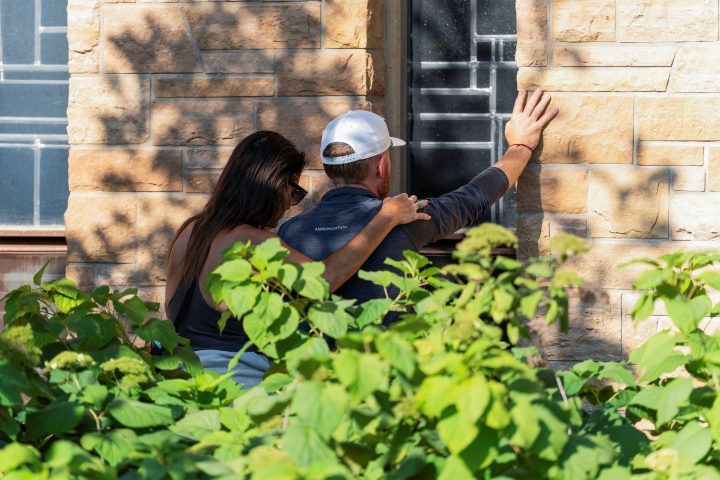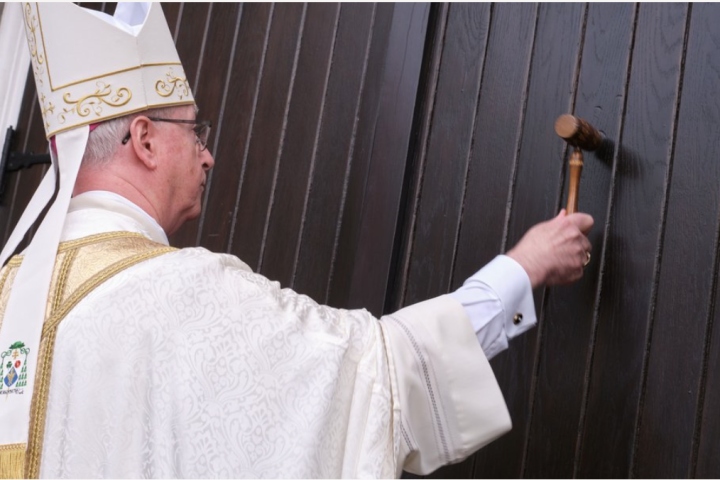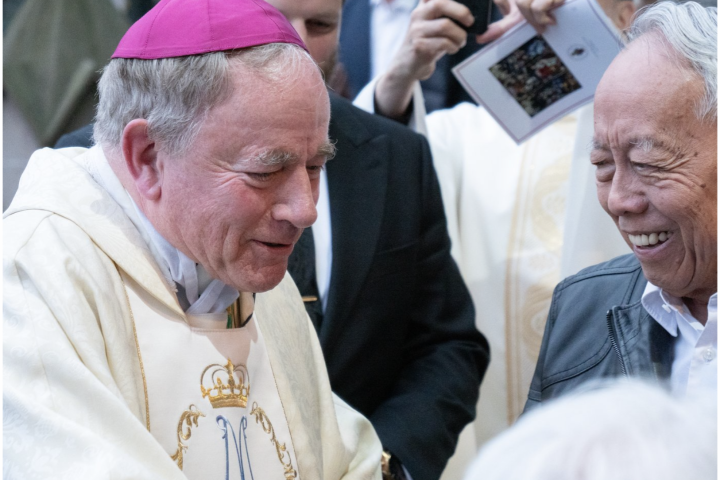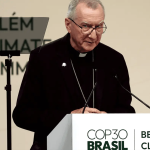I hadn’t expected Archbishop Ivan Jurkovič to be as forthright as he was. He described the shock of arriving in Canada during the residential school crisis and finding flags at half-mast for months and irresponsible statements being made. My interview with Canada’s Apostolic nuncio appears here.
For him, the key to preventing what we’ve seen in recent years is to “bring more light to everything,” he said. “We shouldn’t be afraid of any discussion.”
By not leaving out unwanted data, “you will have a history of the country that will tell us a distant perspective of many events that are still difficult to judge thoroughly today.”
Canada’s bishops also have a responsibility to contribute to the story, he said. “Good, hard data will avoid many problems later on.”
Sadly, good, hard data was in short supply in the wake of the Kamloops story, even though it was readily available. Accounts of mass graves in Kamloops and other locations were inconsistent with decades of records and even with the Truth and Reconciliation report. Researchers like Nina Green and her Indian Residential School Records, the Indian Residential Schools Research Group, and others have pulled together much more documentation than all the media have combined.
It was easier and more politically convenient to falsely report “mass graves” of children and undiscovered graves across Canada. Nearly three years later, none of those 2021 reported discoveries have been confirmed. What was found were underground anomalies picked up by ground-penetrating radar.
Yet, here are some of the headlines that appeared:

They’re all false, and they’re all still online – not by accident. Because the truth of the story is not important.
The silver lining is that a few media outlets are finally starting to ask questions about the graves, acknowledge the false narrative, and report on the church burnings that are still taking place across the country.
The Dutch newspaper Kristeligt Dagblad (Christian Daily) deserves special attention. For years it covered the Kamloops story the same way the rest of the media did. But last year, it published an apology for mistakenly reporting that graves had been found. Here is a translation:
Kristeligt Dagblad, like media around the world, made several mistakes in parts of the coverage of the alleged graves in Canada in 2021. In several of the articles, it appears that mass graves, children’s or earthly remains of children had been found. I’m afraid that’s not right, as you can read in this article, where Kristeligt Dagblad has investigated the matter thoroughly.
The findings of alleged graves were based on ground-penetrating radar, which cannot conclude the existence of graves or remains without an excavation. No evidence of unknown graves at the former boarding schools has been found at the time of writing. Kristeligt Dagblad apologizes for the error.
But Kristeligt Dagblad wasn’t done. In February it published an editorial and a series of articles investigating where it went wrong. It said its coverage points to “an existential conflict we all have with the truth” that extends to every aspect of our lives. “Do we remember to maintain a critical sense and to think independently, or are we conforming followers of the zeitgeist, smugly wrapped in the salon-worthy draperies of the herd mentality?”
The newspaper concluded there were two reasons for the “media hysteria”:
“One is that the newspaper known as the world’s best, most fact-checking and clearly most influential, The New York Times, was first with the mass grave story, and therefore set the bar for the rest of the coverage.” No one cared if the coverage was right.
The second reason, the Dutch paper said, was that the broader narrative surrounding the news articles aligned with a clear bias against Christians.
A story about brutal Christians killing innocent Indigenous children simply fit too well with the media’s own sense of “who are the good guys and the bad guys.” In short, “The story of the graves in Canada was too good to be true.”
The newspaper went on to describe the “mass hysteria” that resulted from the coverage, including the spread of mistruths and the ongoing church burnings across Canada.
The only reason I found out about Kristeligt Dagblad’s reporting is because it was mentioned in The National Post, which ran an article titled The Canadian church arsons never stopped. In it, Tristin Hopper points out that nearly three years later, none of the 2021 discoveries have been confirmed. Meanwhile, hundreds of attacks on churches have been taking place.
Yet after one of the most recentl church attacks, MPs in the House of Commons refused to condemn it.
Kristeligt Dagblad has an interesting backstory.
It was founded in 1896 by a pastor who was troubled by the way the newspapers reported on tragedies, in particular the drowning of several fishermen whose funeral he had presided over. When he saw the lack of depth given to his sermon, he knew there was a need for an alternative newspaper. “Faith Ethics and Existence” appears on its front page to this day.
As reported previously, The B.C. Catholic, The Catholic Register in Toronto, and several other media partners are working to do what that pastor did more than 100 years ago. Canadian Catholic News is undergoing a reboot as we expand our capability to tell stories that are of interest to Catholics across the country and which aren’t being told, or told well, by the mainstream media.
We’re training our own journalists, and in last week’s class, I shared with our students some observations the Church has made about communications in various documents.
In 1963, the decree Inter Mirifica (On the Means of Social Communication), one of the documents of the Second Vatican Council, said those who work in the media have “gravely important responsibilities” because “they are in a position to lead the human race to good or to evil…”
The 1971 pastoral instruction Communio et Progressio noted that the media of social communication “can contribute a great deal to human unity.” On the other hand, if “men’s minds and hearts are ill disposed, if good will is not there, this outpouring of technology may produce an opposite effect so that there is less understanding and more discord and, as a result, evils are multiplied.”
The Church’s teachings are often canaries in the coal mine for us, warning us of unseen dangers.
I invite you to take advantage of the opportunities you have to follow truth-based Canadian Catholic media – The B.C. Catholic and Canadian Catholic News – online and on social media.
From bccatholic.ca.











